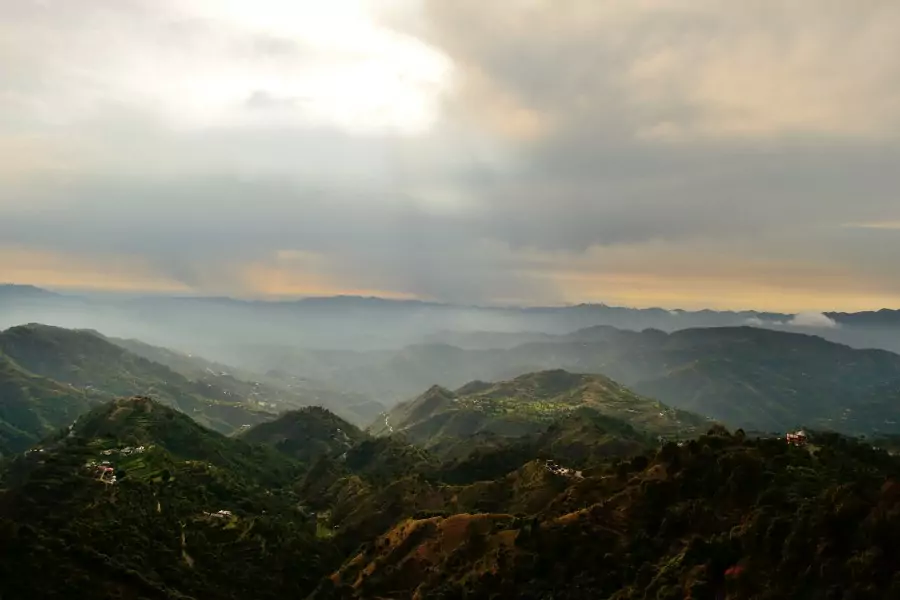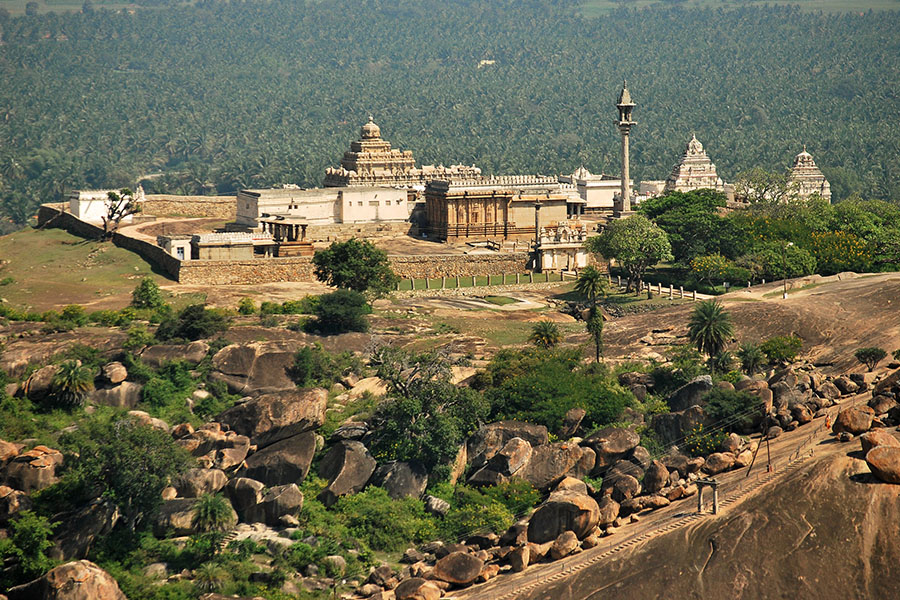Bharatpur Wildlife Sanctuary – History, Safari and Boat Rides

Bharatpur Wildlife Sanctuary, also known as Keoladeo National Park, is one of the most famous bird sanctuaries in the world. Spanning over 29 square kilometers, this sanctuary is home to more than 370 species of birds, including both resident and migratory species. Located in the northwestern state of Rajasthan, Bharatpur is a true paradise for bird lovers. But it’s not just about birds; the sanctuary also offers a rich variety of flora and fauna, making it a diverse ecosystem worth exploring. Whether you’re an avid birdwatcher, a nature enthusiast, or simply someone looking for a peaceful retreat, Bharatpur Wildlife Sanctuary promises an unforgettable experience.
History of Bharatpur Wildlife Sanctuary

The history of Bharatpur Wildlife Sanctuary is as fascinating as the sanctuary itself. Originally, it was a hunting ground for the Maharajas of Bharatpur, who would host elaborate hunting parties, often with royal guests from around the world. However, in 1982, recognizing the need to preserve the area’s rich biodiversity, it was declared a national park. The sanctuary was later named after the Keoladeo Temple, an ancient shrine dedicated to Lord Shiva, located within its premises. In 1985, the sanctuary received international recognition when it was designated a UNESCO World Heritage Site, further cementing its status as one of the most important wildlife reserves in India.
Geographical Location and Accessibility
Bharatpur Wildlife Sanctuary is strategically located in the Bharatpur district of Rajasthan, making it easily accessible from major cities like Delhi, Agra, and Jaipur. The sanctuary is well-connected by road, and the nearest railway station is just a few kilometers away in Bharatpur city. For those flying in, the nearest airport is in Agra, about 50 kilometers away. Once you arrive, local transportation options like taxis, auto-rickshaws, and even cycle rickshaws are readily available to take you to the sanctuary. Besides the sanctuary, the region is dotted with several other attractions, including the majestic Taj Mahal in Agra, which makes for a perfect day trip.
Flora and Fauna of Bharatpur Wildlife Sanctuary
Bharatpur Wildlife Sanctuary is not just about birds; it is a thriving ecosystem that supports a wide variety of plant and animal life. The sanctuary’s flora is dominated by dry deciduous forests, with patches of scrubland and marshes, creating a diverse habitat that supports different species. Among the fauna, aside from the myriad of bird species, you can spot animals like deer, wild boar, and even jackals. The sanctuary also houses a variety of reptiles and amphibians, making it a complex and fascinating ecosystem. Seasonal changes bring about variations in the types of wildlife you can observe, adding a dynamic aspect to each visit.
The Avian Diversity: Birdwatcher’s Paradise
Bharatpur Wildlife Sanctuary is often hailed as a birdwatcher’s paradise, and for good reason. The sanctuary is home to over 370 species of birds, making it one of the richest avian habitats in the world. The sanctuary is especially famous for its migratory birds, with species coming from as far as Siberia, Central Asia, and even Europe. Among these, the Siberian Crane is perhaps the most celebrated visitor, although its sightings have become increasingly rare. Other notable species include the Painted Stork, Sarus Crane, and the Great White Pelican. The best spots for birdwatching include the central marshes and the shallow lakes that dot the sanctuary, where you can observe a plethora of species in their natural habitat.
Best Time to Visit Bharatpur Wildlife Sanctuary
The best time to visit Bharatpur Wildlife Sanctuary largely depends on what you wish to experience. For birdwatchers, the winter months from October to March are ideal, as this is when the sanctuary sees an influx of migratory birds. The weather is also pleasant during these months, making it easier to explore the sanctuary. However, if you’re interested in seeing the resident species and the lush green landscape, the monsoon season from July to September is also a good time to visit. Each season offers a unique perspective of the sanctuary, so it’s worth considering what you want to see before planning your trip.
Exploring the Sanctuary: Routes and Trails
Exploring Bharatpur Wildlife Sanctuary is a delight, with several routes and trails catering to different interests. The sanctuary is crisscrossed with well-maintained paths, allowing for easy exploration either on foot, by bicycle, or via rickshaw. Guided tours are available and are highly recommended for first-time visitors, as the guides can offer valuable insights into the flora and fauna. However, if you prefer a more solitary experience, self-exploration is also a viable option. Some of the most popular trails include the ones leading to the central marshes and the Keoladeo Temple. For photographers, these trails offer excellent opportunities to capture the sanctuary’s rich biodiversity.
Safari and Boat Rides: Unique Experiences
One of the unique ways to explore Bharatpur Wildlife Sanctuary is through a safari or a boat ride. While the sanctuary doesn’t offer traditional jeep safaris, you can opt for a rickshaw safari, which is not only eco-friendly but also allows you to navigate the narrower paths that larger vehicles can’t access. For a different perspective, consider taking a boat ride in the sanctuary’s marshes. The boat rides, available during the monsoon season, offer a serene way to observe birds and other wildlife up close. These experiences provide a unique angle to your visit, allowing you to immerse yourself fully in the sanctuary’s natural beauty.
Accommodation Options Around Bharatpur Wildlife Sanctuary
When visiting Bharatpur Wildlife Sanctuary, there are plenty of accommodation options to choose from, catering to different budgets and preferences. Luxury seekers can opt for resorts and heritage hotels that offer all modern amenities along with a touch of Rajasthani hospitality. For budget-conscious travelers, there are several mid-range hotels and guesthouses that offer comfortable stays at affordable prices. Many of these accommodations are located close to the sanctuary, making it convenient for early morning or late afternoon visits. It’s advisable to book your stay in advance, especially during the peak season, to ensure you get the best options.
Conservation Efforts and Challenges
Despite its status as a UNESCO World Heritage Site, Bharatpur Wildlife Sanctuary faces several conservation challenges. Habitat loss, water scarcity, and human encroachment are some of the major issues threatening the sanctuary’s delicate ecosystem. However, various conservation efforts are underway to address these challenges. These include water management projects, reforestation, and community-based conservation programs. The sanctuary also works closely with NGOs and local communities to promote sustainable practices and raise awareness about the importance of preserving this unique habitat. As a visitor, you can contribute to these efforts by respecting the sanctuary’s rules and supporting local conservation initiatives.
Tips for Visitors
To make the most of your visit to Bharatpur Wildlife Sanctuary, here are some useful tips:
- Pack Light: Wear comfortable clothing and carry essentials like water, sunscreen, and insect repellent.
- Stay Silent: When exploring, especially during birdwatching, maintain silence to avoid disturbing the wildlife.
- Hire a Guide: If it’s your first visit, hiring a guide can greatly enhance your experience.
- Respect the Wildlife: Keep a safe distance from animals and avoid feeding them.
- Capture Memories: Bring your camera, but also take some time to simply enjoy the sights and sounds without the lens.
Photography Tips for Bharatpur Wildlife Sanctuary
Bharatpur Wildlife Sanctuary is a photographer’s dream, offering countless opportunities to capture stunning wildlife shots. To make the most of your photography experience:
- Early Morning Light: The golden hours, just after sunrise, offer the best lighting for photography.
- Use a Telephoto Lens: A telephoto lens will help you capture close-up shots of birds and animals without disturbing them.
- Be Patient: Wildlife photography requires patience; sometimes, the best shots come after hours of waiting.
- Explore Different Angles: Don’t just stick to one spot; move around to find unique perspectives.
- Respect Nature: While getting that perfect shot is important, always prioritize the well-being of the animals and the environment.
Cultural Significance of Keoladeo Temple
Within the sanctuary lies the Keoladeo Temple, an ancient shrine dedicated to Lord Shiva. The temple not only adds to the spiritual atmosphere of the sanctuary but also has a cultural significance that dates back centuries. It’s believed that the sanctuary got its name from this temple, reflecting the deep connection between nature and spirituality in the region. Visitors to the sanctuary often stop by the temple to offer prayers, adding a cultural dimension to their wildlife experience. The temple’s simple architecture and serene surroundings make it a peaceful spot to reflect and connect with nature.
Nearby Attractions and Day Trips

While Bharatpur Wildlife Sanctuary is the main attraction, the surrounding region has much to offer as well. A short drive will take you to the iconic Taj Mahal in Agra, one of the Seven Wonders of the World. Another nearby attraction is the Fatehpur Sikri, an ancient city that once served as the capital of the Mughal Empire. For those interested in history, the Bharatpur Palace and Museum provide a glimpse into the region’s royal past. These nearby attractions make Bharatpur an excellent addition to a Golden Triangle tour, allowing you to combine natural beauty with historical grandeur.
Conclusion
Bharatpur Wildlife Sanctuary is not just a destination; it’s an experience that connects you with the wonders of nature. Whether you’re marveling at the sight of a rare bird species, exploring the sanctuary’s serene trails, or simply soaking in the peaceful ambiance, a visit here is sure to leave you with lasting memories. The sanctuary’s rich biodiversity, combined with its cultural and historical significance, makes it a must-visit for anyone traveling through Rajasthan. So pack your bags, bring your binoculars, and get ready to explore the avian paradise that is Bharatpur Wildlife Sanctuary.
FAQs
- What is the best time to visit Bharatpur Wildlife Sanctuary?
The best time to visit is from October to March when the migratory birds arrive, and the weather is pleasant. - Are there any entry fees for the sanctuary?
Yes, there is an entry fee for Bharatpur Wildlife Sanctuary, which varies for Indian and foreign tourists. - Can I spot the Siberian Crane at Bharatpur Wildlife Sanctuary?
While the Siberian Crane was once a regular visitor, sightings have become rare in recent years. - What are the accommodation options near Bharatpur Wildlife Sanctuary?
There are various options, ranging from luxury resorts to budget guesthouses, all located close to the sanctuary. - Is Bharatpur Wildlife Sanctuary safe for solo travelers?
Yes, the sanctuary is safe for solo travelers, with well-marked trails and guided tours available for those who prefer company.


